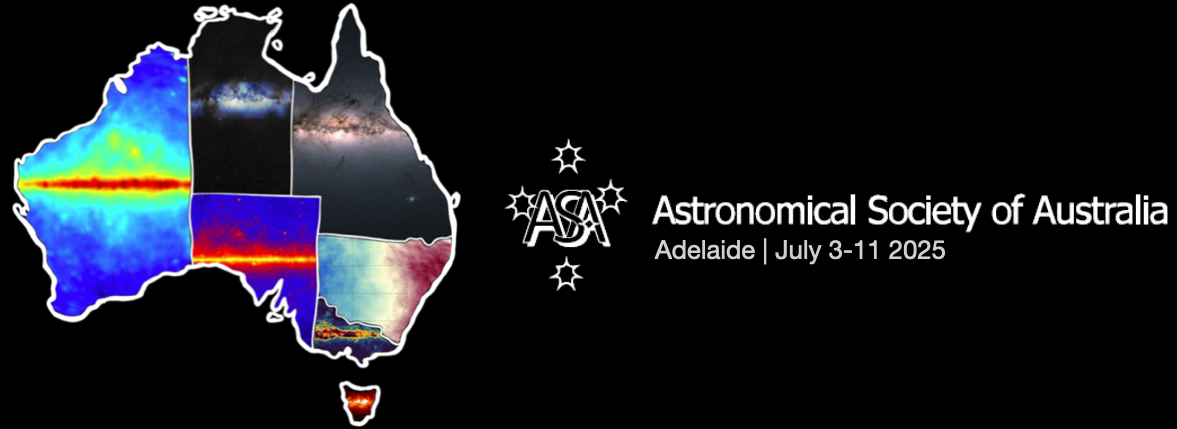Corrections for the absorption of light by interstellar dust (referred to as dust extinction) represent one of the largest sources of uncertainty for deriving properties of stars and galaxies in astronomical studies, particularly those that rely on ultraviolet (UV) wavelengths where dust extinction is strongest. The origin of the 2175Å absorption feature (the most prominent UV dust extinction...
I will present recent results from the MAUVE (Multiphase Astrophysics to Unveil the Virgo Environment) survey—a multi-wavelength campaign combining VLT/MUSE, ALMA, and HI data for 40 Virgo Cluster galaxies, including an Australian-led MUSE Large Program. MAUVE is designed to investigate how the cluster environment impacts the gas–star formation cycle during galaxy infall.
These observations...
Feedback processes, particularly from active galactic nuclei (AGN), play a crucial role in redistributing baryons within dark matter halos. These mechanisms can displace gas to halo outskirts or eject it entirely, resulting in baryon fractions significantly below the cosmic mean—especially in low-mass systems where feedback energy can rival halo binding energy. While simulations such as TNG,...
Extragalactic HI-line surveys are crucial for understanding how cold atomic hydrogen (HI) flows into and out of galaxies and how this process is influenced by the environment. While past HI surveys in the local Universe were limited by the low spatial resolution of single-dish radio telescopes, next-generation instruments such as the Australian SKA Pathfinder (ASKAP) are now transforming the...

